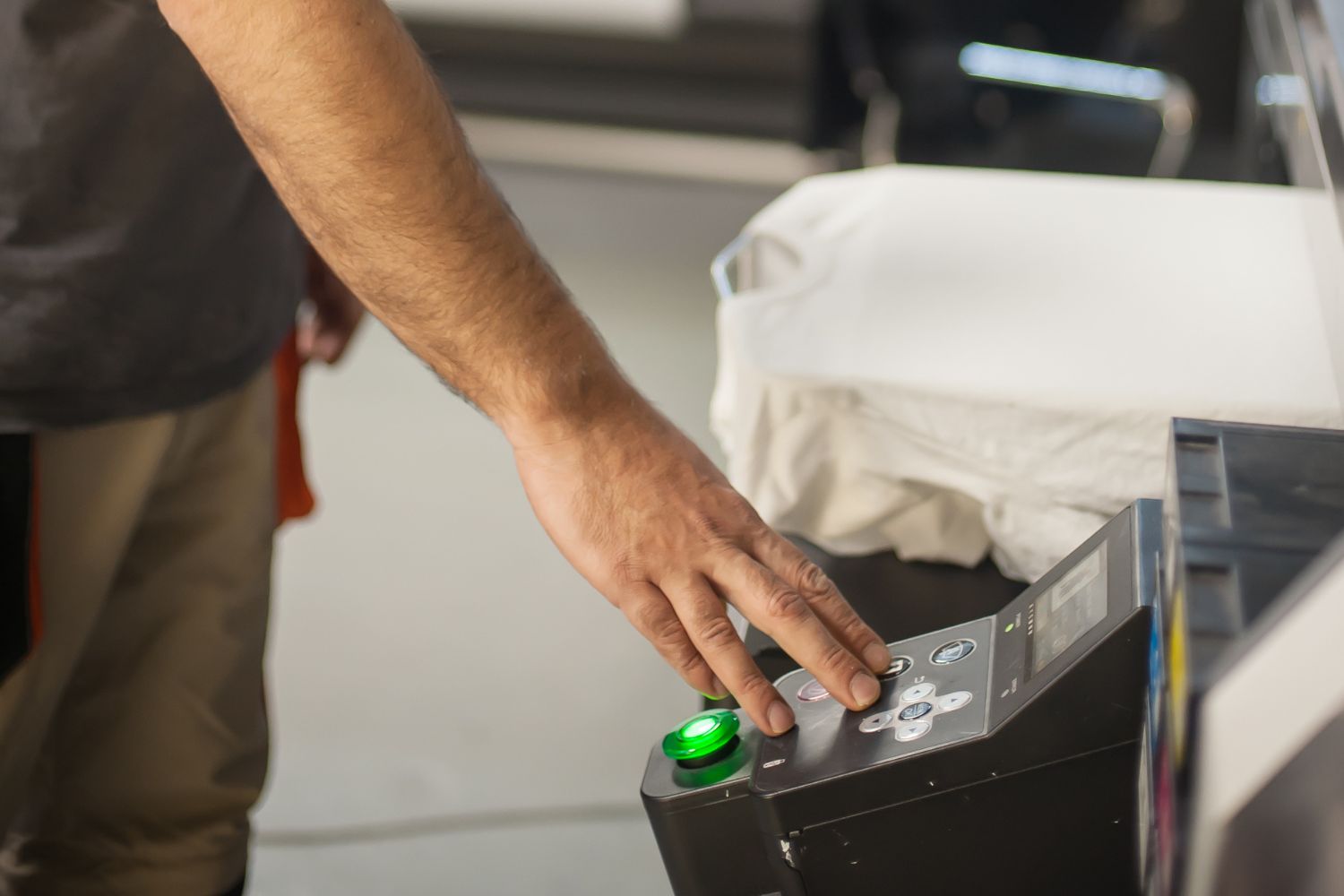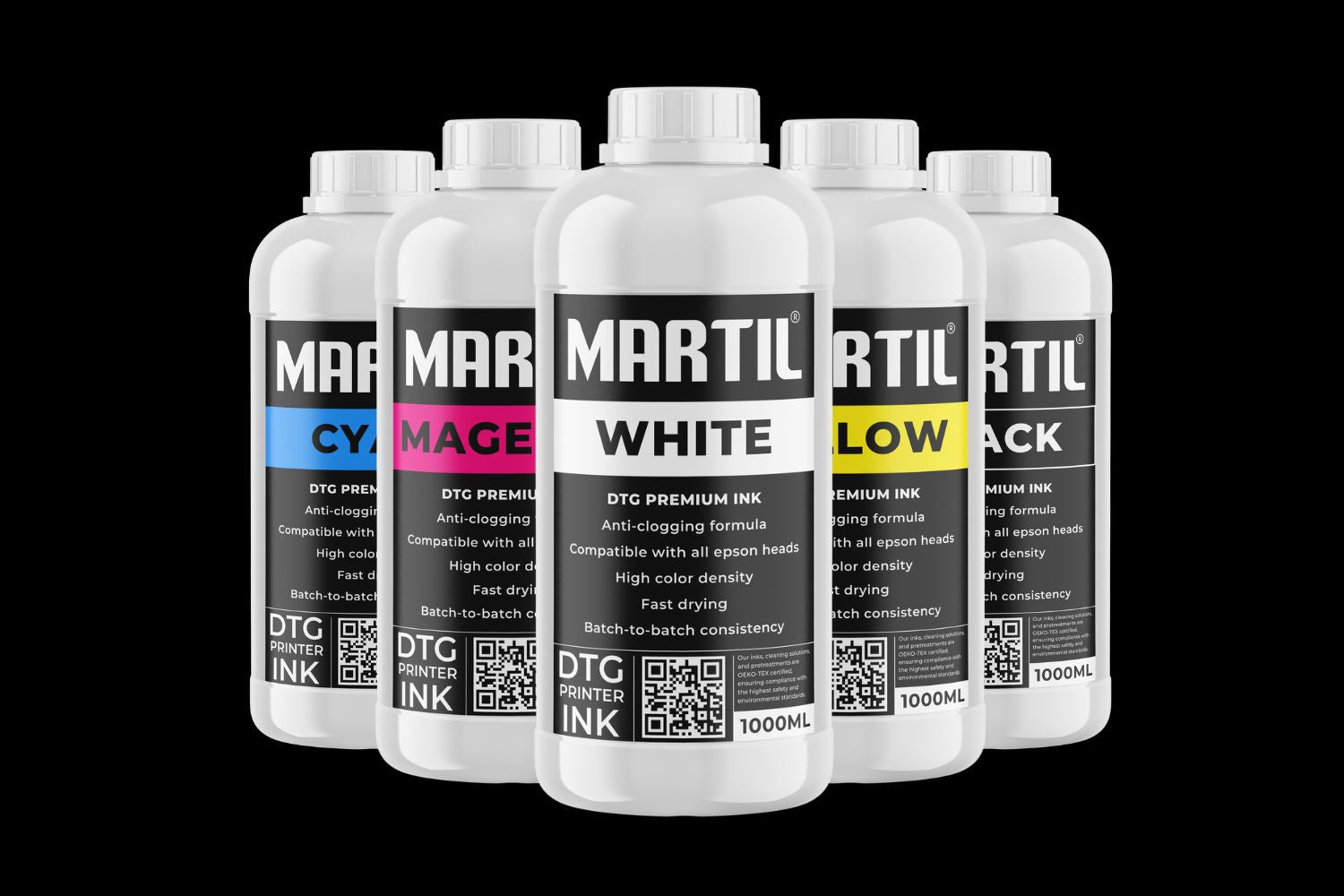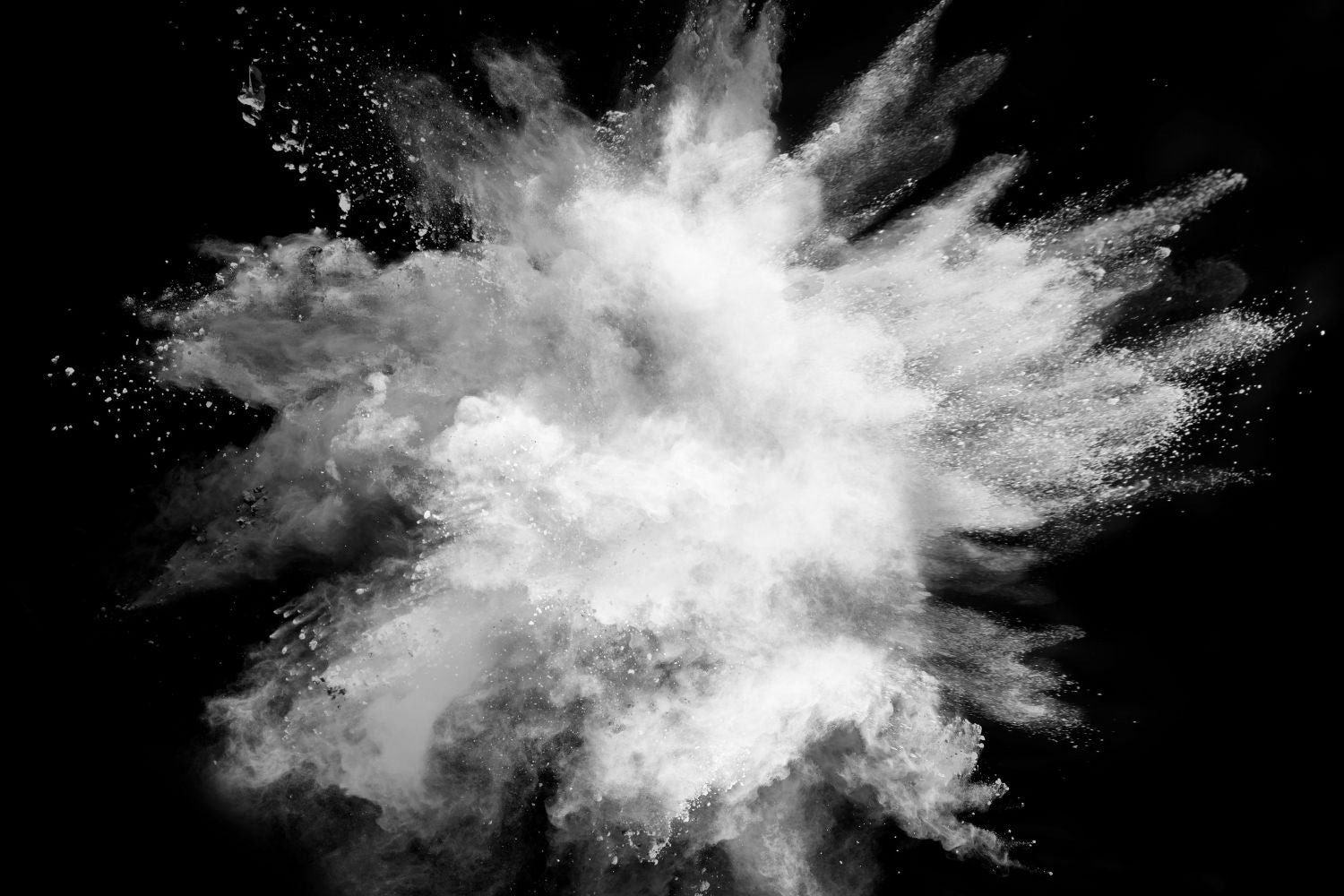Introduction
DTG (Direct To Garment) printing is a revolutionary technology for textile customization. Unlike screen printing, it allows for the printing of complex, multi-color designs without the need for stencils. However, to maximize profitability and ensure optimal print quality, it is essential to optimize your production process. Too often, professionals encounter problems related to ink management, textile preparation, print settings, and equipment maintenance.
Poorly optimized DTG printing results in unnecessary costs: wasted ink, garment waste, extended production times, and even customer complaints due to poor wash performance. However, by implementing best practices, it's possible to improve your business's profitability while ensuring sharp, durable, and vibrant prints.
In this article, we'll review the best strategies to optimize your DTG printing , reduce your costs, and offer your customers superior products. We'll give you concrete, easily applicable tips , with real-life examples to illustrate best practices.
👉 Boost the quality of your prints with our complete range of DTG supplies !
Textile preparation: the key to quality DTG printing
The importance of pretreatment for optimal ink adhesion
Textile pretreatment is a crucial step to ensure good ink adhesion and prevent uncontrolled ink bleeding. Without uniform application, the print may lose sharpness and contrast.
👉 Ensure perfect adhesion with our DTG pre-treatment solution .
Choosing the right textiles for a clear and lasting impression
Not all fabrics are suitable for DTG printing. 100% combed cotton remains the best option for optimal ink absorption and detailed rendering. Conversely, some polyester-cotton blends require adjustment of print settings.
Tips to avoid textile printing defects
- Check the humidity of the fabric : A fabric that is too dry will absorb the ink poorly, while a fabric that is too damp will slow down drying and impair fixation.
- Always perform a test print on a sample before starting mass production.
👉 Secure the quality of your prints with our high-quality DTG textiles .
Optimizing print settings for vibrant colors
Calibrate your DTG printer correctly to avoid wasting ink
Improper ink adjustment results in excessive ink consumption and overworked or faded prints. It is essential to use color profiles tailored to each textile type to optimize ink distribution.
👉 Reduce your ink consumption with our high-performance DTG inks .
Adjust ink resolution and density for accurate rendering
Too low a DPI can blur edges, while too high an ink density can saturate the fabric and cause smearing. A good balance results in detailed printing with a vibrant finish.
Use the correct ICC profiles for accurate color rendering
ICC profiles allow you to match the colors in your digital file to the inks and textiles you use. Poor color profile management can lead to significant differences between the design and the final rendering.
👉 Download our optimized ICC profiles for DTG and get vibrant colors!
Drying and fixing: ensuring maximum durability of prints
The importance of the correct heat press setting to fix the ink
Poor heat setting results in rapid deterioration of the designs after washing. Pressing at the recommended temperature (usually 160-170°C for 90 seconds) ensures optimal hold.
👉 Invest in high-performance DTG heat presses for long-lasting prints.
Gradual cooling: avoiding cracks and deformations
Removing the textile too soon after pressing can cause cracks in the print. Allowing it to cool for a few seconds before handling helps preserve the elasticity of the design and prevent warping.
Tips for ensuring optimal washing resistance
- Follow the washing instructions : wash in cold water and inside out to prolong the life of the patterns.
- Perform wash tests on each new batch of ink to ensure its durability over time.
👉 Improve the durability of your prints with our high-resistance DTG inks .
Equipment maintenance and upkeep to extend machine life
Clean the print heads regularly to avoid clogging
A clogged printhead causes streaks and quality loss in your graphics. Daily maintenance with specific solutions extends the life of your printer and ensures smooth printing.
👉 Preserve your equipment with our DTG cleaning solutions .
Check and replace worn filters and components
Clogged filters or worn parts can affect ink pressure and print sharpness. Regular inspection and replacement of defective parts prevents costly breakdowns.
Schedule regular print tests to anticipate problems
Performing a daily print test helps to immediately detect potential problems and avoid wasting textiles on defective production.
👉 Secure your prints with our professional DTG maintenance kits .
Conclusion
Optimizing your DTG printing is key to improving your business profitability while ensuring high-quality products. By implementing these best practices, you can reduce your production costs , limit waste, and deliver lasting prints that will build customer loyalty.
Whether it's properly preparing the textile , fine-tuning your printing settings , optimizing drying and fixing , or regularly maintaining your equipment , every detail counts to improve your workflow.
By implementing these adjustments, you will see a significant improvement in the quality and profitability of your production.
👉 Equip yourself with the best supplies thanks to our complete DTG collection and optimize your printing today!




Leave a comment
This site is protected by hCaptcha and the hCaptcha Privacy Policy and Terms of Service apply.